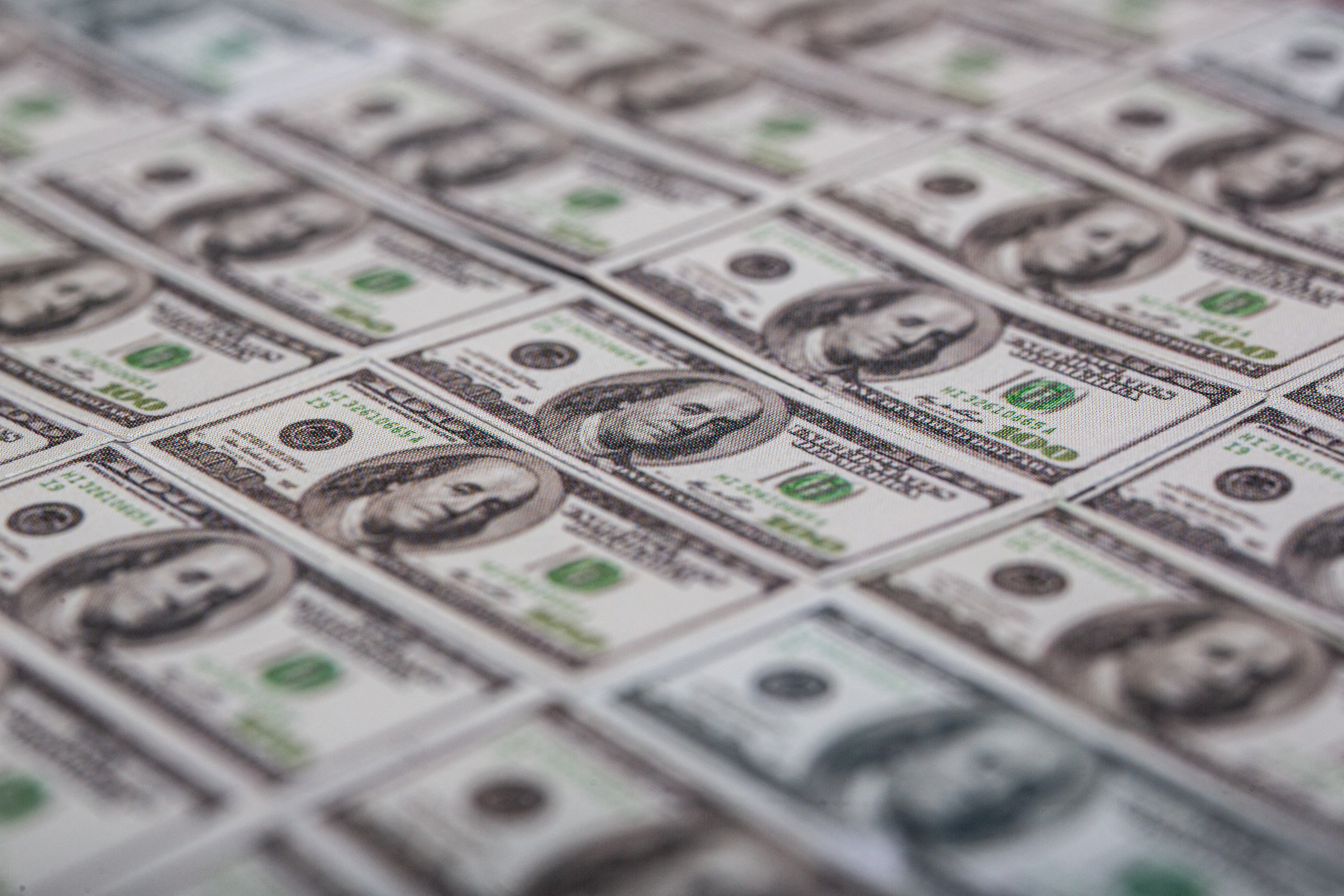The U.S. dollar has suffered its worst start to the year in over five decades, according to a new report.
The dollar index, which measures the strength of the U.S. currency against other global currencies, has fallen more than 10 percent in the first six months of the year, the Financial Times reported. The currencies measured against the dollar are the Euro, Japanese Yen, British Pound, Canadian Dollar, Swedish Krona and Swiss Franc.
The Financial Times reports this is the worst first half of the year for the dollar since 1973, when it was at a 15 percent loss.
Currency strategist Francesco Pesole has pinned the issue to President Donald Trump’s tariff war, the country’s borrowing needs, and concerns about the independence of the Federal Reserve, which decides U.S. monetary policy.
“The dollar has become the whipping boy of Trump 2.0’s erratic policies,” Pesole, who works for global banking company ING, told the Financial Times.

Trump announced sweeping global tariffs on what he coined as “Liberation Day” on April 2. But he shortly paused the levies on most countries for 90 days, which is set to expire on July 9.
The tariffs caused chaos on Wall Street, with over six trillion in market losses, according to the Wall Street Journal.
Trump says he is not planning to extend the tariff pause, telling Fox News during a taped interview broadcasted Sunday: “We’ll look at how a country treats us — are they good, are they not so good — some countries we don’t care, we’ll just send a high number out.”
The president’s domestic policies are also causing concern, even among members of his own party. The U.S. is currently more than $36 trillion in debt, according to the Treasury Department.
Trump’s tax cut bill, which he has coined the “big, beautiful bill,” will add almost $3.3 trillion to the national debt in the next nine years, the Congressional Budget Office estimates.
Trump has also pressured Jerome Powell, chair of the Federal Reserve, to cut interest rates. But Powell has held firm that the central bank will not lower borrowing costs, at least at this time. Under Powell’s leadership, the Fed had cut interest rates three times in 2024, after raising them 11 times in 2022 and 2023 to curb high inflation, which hit the U.S. after the Covid-19 pandemic.
“For the time being, we are well positioned to wait to learn more about the likely course of the economy before considering any adjustments to our policy stance,” Powell said last week.
While Powell has not given in to Trump’s demands, his term ends next May. Traders are expecting the new chair, who will be hand-selected by the president, to deliver at least five quarter-point cuts by the end of 2026, the Financial Times reported last week.




